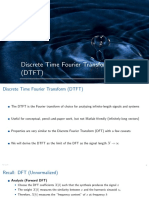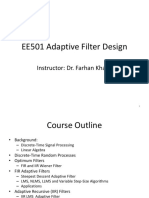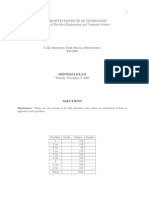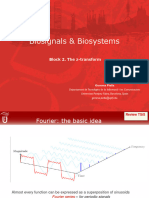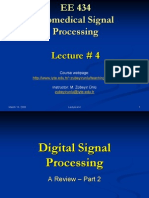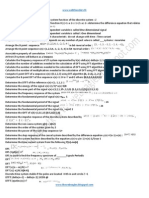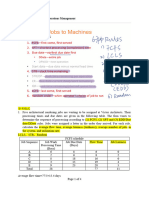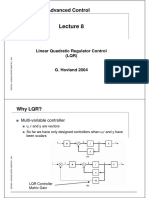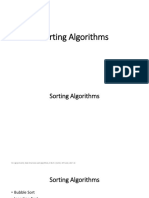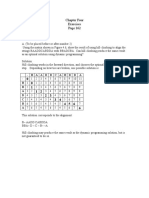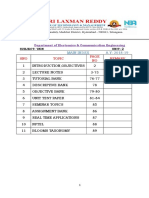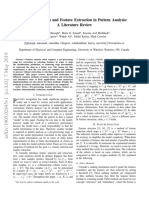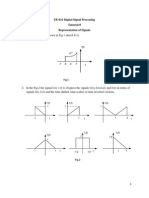0% found this document useful (0 votes)
15 views54 pagesLecture24 Final Revision Part2
Uploaded by
hbq08211205Copyright
© © All Rights Reserved
We take content rights seriously. If you suspect this is your content, claim it here.
Available Formats
Download as PDF, TXT or read online on Scribd
0% found this document useful (0 votes)
15 views54 pagesLecture24 Final Revision Part2
Uploaded by
hbq08211205Copyright
© © All Rights Reserved
We take content rights seriously. If you suspect this is your content, claim it here.
Available Formats
Download as PDF, TXT or read online on Scribd
/ 54

